Contents
Guide
Thank you for downloading this Simon & Schuster ebook.
Get a FREE ebook when you join our mailing list. Plus, get updates on new releases, deals, recommended reads, and more from Simon & Schuster. Click below to sign up and see terms and conditions.
CLICK HERE TO SIGN UP
Already a subscriber? Provide your email again so we can register this ebook and send you more of what you like to read. You will continue to receive exclusive offers in your inbox.
We hope you enjoyed reading this Simon & Schuster ebook.
Get a FREE ebook when you join our mailing list. Plus, get updates on new releases, deals, recommended reads, and more from Simon & Schuster. Click below to sign up and see terms and conditions.
CLICK HERE TO SIGN UP
Already a subscriber? Provide your email again so we can register this ebook and send you more of what you like to read. You will continue to receive exclusive offers in your inbox.

Simon & Schuster Paperbacks
An Imprint of Simon & Schuster, Inc.
1230 Avenue of the Americas
New York, NY 10020
www.SimonandSchuster.com
Copyright 2020 by David Pogue
All rights reserved, including the right to reproduce this book or portions thereof in any form whatsoever. For information, address Simon & Schuster Paperbacks Subsidiary Rights Department, 1230 Avenue of the Americas, New York, NY 10020.
First Simon & Schuster trade paperback edition December 2020
SIMON & SCHUSTER PAPERBACKS and colophon are registered trademarks of Simon & Schuster, Inc.
For information about special discounts for bulk purchases, please contact Simon & Schuster Special Sales at 1-866-506-1949 or .
The Simon & Schuster Speakers Bureau can bring authors to your live event. For more information or to book an event, contact the Simon & Schuster Speakers Bureau at 1-866-248-3049 or visit our website at www.simonspeakers.com.
Cover design by Jason Heuer
Illustrations Adobe Stock
Author photograph courtesy of the author
Library of Congress Cataloging-in-Publication Data has been applied for.
ISBN 978-1-9821-7667-9
ISBN 978-1-9821-7668-6 (ebook)
ALSO BY DAVID POGUE
How to Prepare for Climate Change
iPhone Unlocked
Windows 10: The Missing Manual
Pogues Basics: Tech
Pogues Basics: Money
Pogues Basics: Life
Abby Carnelias One and Only Magical Power
The World According to Twitter
Opera for Dummies
Classical Music for Dummies
Magic for Dummies
Introduction
A pple introduced the first Mac on January 24, 1984. Since that day, tens of thousands of designers, managers, and programmers have come and gone through this massive corporation, leaving their imprints on the Mac and its operating system along the way.
Theyve added and subtracted jacks and connectors, invented and retired software features, and reconceived software designs over and over again. After 37 years of this, you might expect the Mac operating system to be a hot mess.
Impressively enough, many of the original Macs founding principles are still at work today. The general philosophy still goes like this: Offer amazing technology, but hide as much of the complexity as possible.
And also this: Give all the different apps roughly the same design, so Mac owners have less to learn. Use the same keyboard shortcuts everywhere. Put the buttons and menus in consistent places.
Ohand make it all look beautiful. As Steve Jobs said in 2000, upon unveiling Mac OS X: We made the buttons on the screen look so good youll want to lick em.
A Little History
Every year, Apple introduces a new version of macOS. For many years, these updates were nicknamed for big cats (Jaguar, Tiger, Leopard, and so on). Apple was just about to run out of big cat namesit couldnt quite bring itself to release Mac OS X Ocelotwhen the policy changed. These days, each release is named after a beloved place in California. There was Mavericks, Yosemite, El Capitan, Sierra, High Sierra, Mojave, Catalinaand now, at last, macOS Big Sur. (The macOS versions have numbers, tooBig Sur is technically macOS 11but few people know them.)
And how does Apple entice you to upgrade each year? It really has only one lever to pull: Add more features.
Well, also Make things run faster and Periodically redesign things to look cooler. But mostly its Add more features.
On one hand, adding so much to the Mac means nobody gets left behind. Parents get more internet safety features for their kids. Game-company software engineers get new APIs for driving graphics circuitry. Professionals with mobility limitations get to operate the Mac with head gestures and facial expressions.
On the other hand, pretty soon, there are simply too many nuances and features for the average person to master.
How This Book Was Born
Hello there, Im David.
I wrote my first Mac book, Macs for Dummies, in 1992. It managed to cover every feature of the Mac operating system in 338 pages.
In 2001, I wrote Mac OS X: The Missing Manual. The goal, once again, was to cover the entire operating system, all 50 apps that came with it, and all Mac models.
But each year, Apple introduced a new version of the operating system with more features; each year, I updated the book to cover the new stuff; and each year, the book got thicker. Eventually, it was 850 pages long, weighed 3 pounds, and still didnt cover everythingId started offloading entire chapters as downloadable PDF files.
Through the decades, Ive never stopped teaching people the Mac in person, over the internet, or (shudder) over the phone. Those teaching experiences produced a little voice deep inside me, which eventually grew to be a very big voice. And what it kept shouting was, NOBODY CARES ABOUT EVERYTHING!
You want to learn the Mac, yesbut good instruction isnt just walking through a thousand features and telling you what each one does. Its also curation. Its telling you which features are even worth knowing about and explaining when you might use them. Its distinguishing between features Apple is excited to promote (or once was, years ago) and truly great features that never got any marketing love.
Thats the idea behind Mac Unlocked: to teach you the features youll actually find valuable, in the right order, with the right emphasis. (As for the title: Its a little pun. Of course, you want to unlock the power within your Macbut you also have to unlock it with your password or fingerprint before you can even begin.)
Eight Principles of the Mac
So what are those basic elements of the Macs design that live on after so many years? Heres a samplingintended not only for historical purposes, but to give you some starter insight into the way macOS works.
- The
 menu controls the Mac itself. At the top left of your screen, at almost all times, sits the
menu controls the Mac itself. At the top left of your screen, at almost all times, sits the  menu. Its there no matter what app youre using, and it always contains important commands that affect the entire Mac. They include System Preferences (the Macs settings-control panel), Restart , and Shut Down .
menu. Its there no matter what app youre using, and it always contains important commands that affect the entire Mac. They include System Preferences (the Macs settings-control panel), Restart , and Shut Down .


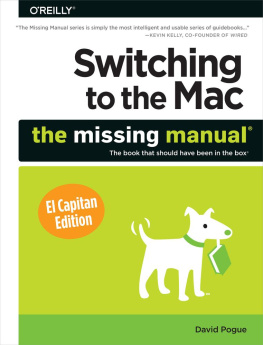
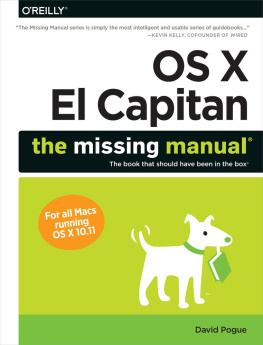
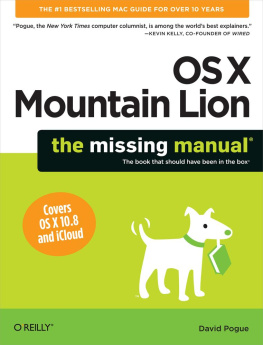
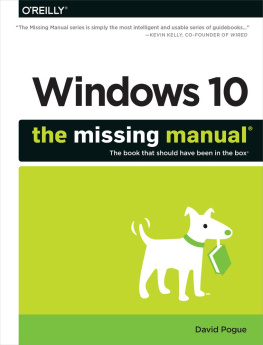
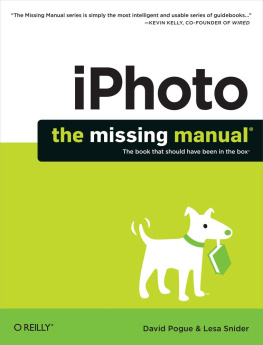

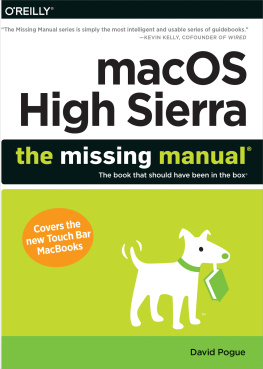
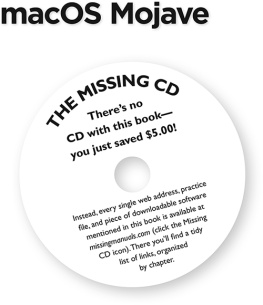

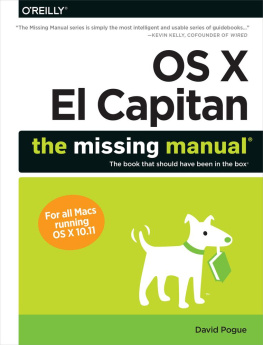
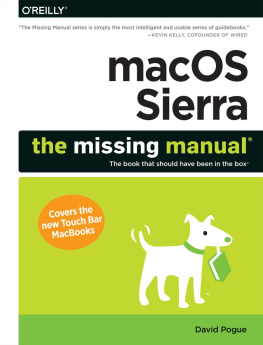


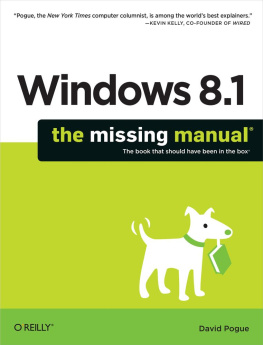
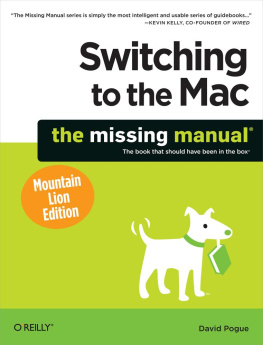
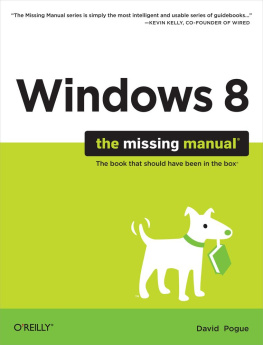
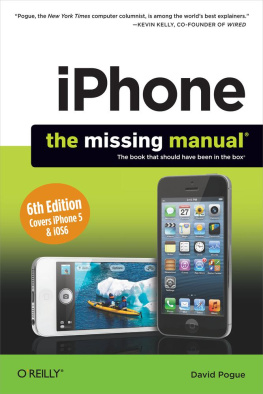
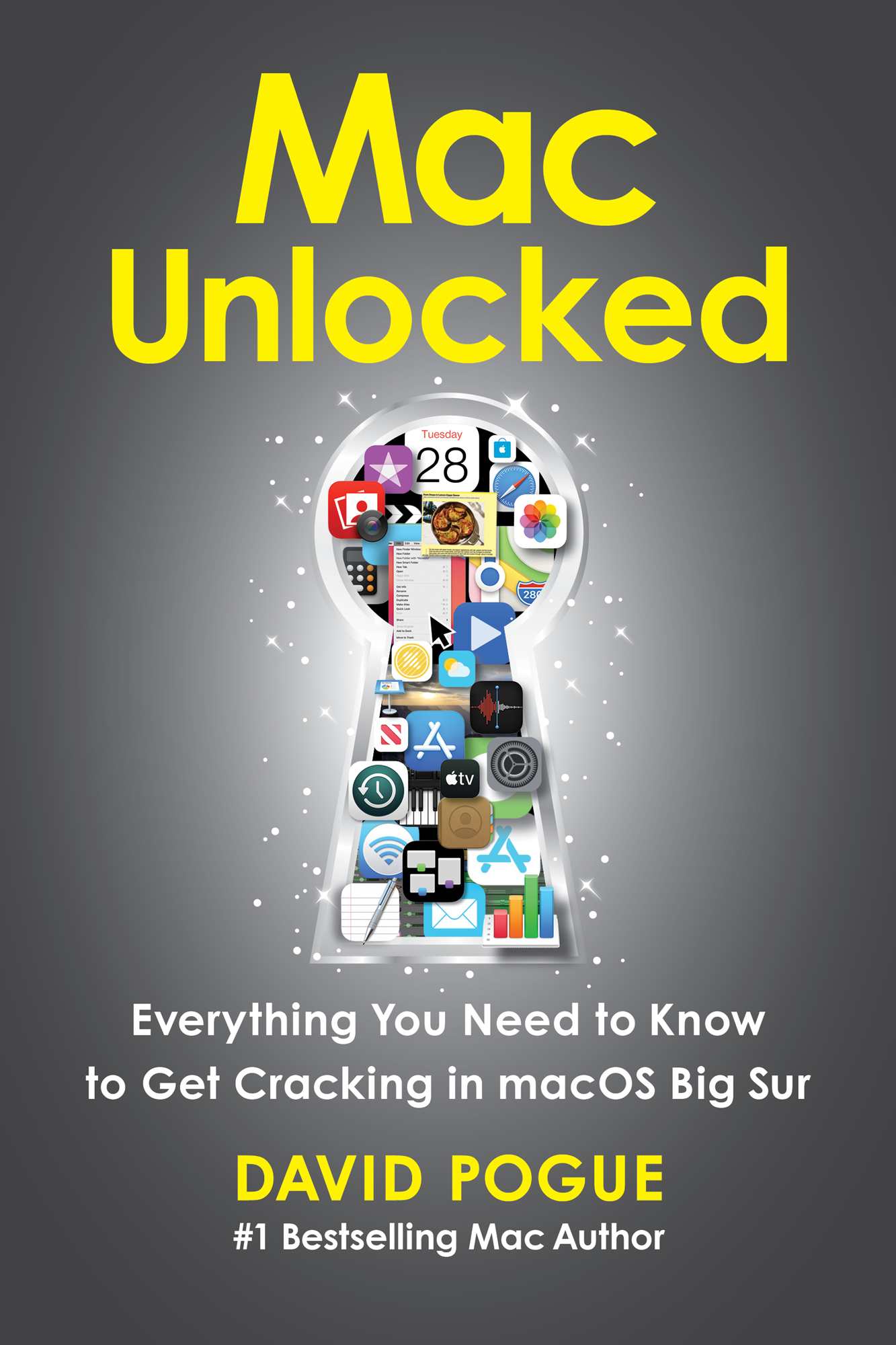


 menu controls the Mac itself. At the top left of your screen, at almost all times, sits the
menu controls the Mac itself. At the top left of your screen, at almost all times, sits the